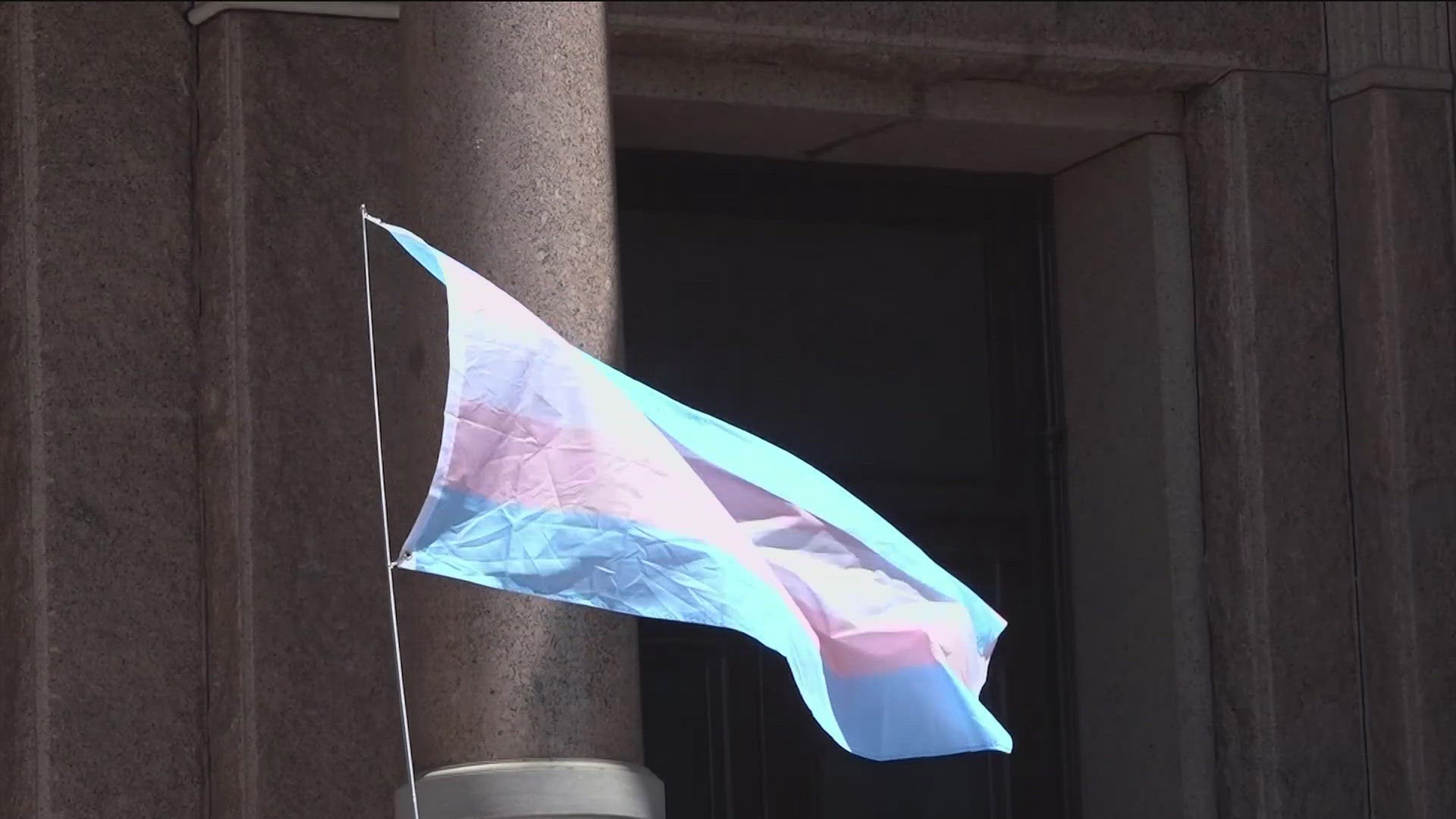The 2016 Presidential election is coming into the final 10 days of the campaign, but the possibility of a tie remains an issue that could stretch the campaign out even further.
When we talk about a tie in the election, we’re speaking of the Electoral College. For a candidate to win the presidency, they have to capture at least 270 Electoral College votes. So first, let’s look at the actual Electoral College.
The electors in the Electoral College match the number of representatives in Congress a state (and the District of Columbia) has that year. That’s why more populous states like Florida, California, and Texas have more votes than states like Idaho and Alabama.
Currently, there are 538 electors in the Electoral College. Most states give the winning candidate in their state all of their electors. Two states, Maine and Nebraska, use a variation of proportional representation to assign their electors.
Those electors will gather in their respective states on the first Monday after the second Wednesday in December to cast their ballots. The electors will cast separate ballots for president and vice president. The votes are recorded and then sent to Congress and the National Archives as the official record of the election.
After that, Congress will meet to count the votes and then an official announcement of the winner is made.
With that knowledge in hand, back to the 2016 election landscape. While there are an odd number of electors heading into the contest, if a third-party candidate were able to pick off a state in the Electoral College, it’s entirely plausible that neither candidate is able to pull in at least 270 Electoral College votes, spawning a contingent election.
For example, if Republican presidential candidate Evan McMullin was able to pull off an upset in Utah, that would pull six Electoral College votes away from the tally of either Republican presidential nominee Donald Trump or Democratic presidential nominee Hillary Clinton.
In at least one scenario, Mrs. Clinton could finish with 268 Electoral College votes and Mr. Trump would finish with 264 EC votes; Mr. McMullin would account for the other six EC votes.
If that scenario happened, or any other scenario where a candidate doesn’t get to 270 votes; there are lots of possibilities of what could happen with the contingent election.
Some states don’t have laws requiring electors to vote for the person who won the state. In other words, an elector in the Electoral College from those states could choose to cast their ballot for either candidate in the election. If an elector does this, they are labeled “faithless electors.” Some states do have punishments for this, Texas isn’t one of them, but faithless electors have cast ballots throughout U.S. history.
So, theoretically, if the Electoral College prediction on Nov. 8 was 269 to 269, a faithless elector from a state that doesn’t have penalties could choose to vote for one side or the other and one person might be able to choose the next president. That’s an extreme example, but theoretically possible.
Outside of the faithless elector, an election that doesn’t produce 270 Electoral College votes for a candidate would move from a general election of the people to votes in the House of Representatives and the U.S. Senate.
The election would get kicked to the House of Representatives who would then get to choose the winner of the presidency. Each state would receive one vote, regardless of the number of districts in the state. This would be welcome news for Mr. Trump who would likely be voted on as the winner of the election as Republicans control enough states after Election Day to give the White House to the GOP, per 270towin.com.
We said likely, because McMullin would also be on the ballot in the House and if enough Republicans vowed to not vote for Trump, the possibility of a deal being cut might increase. The Senate would also vote on the vice president in the same manner.
But wait, there’s more.
The next Congress would count the Electoral College votes meaning that the Congressional/Senate winners in November would be choosing the next president and vice-president. The Congress would be sworn in on Jan. 3 and make the vote on Jan. 6.
That means if Democrats took over the Senate, there is a possibility that the United States could have a Republican president (Trump) and a Democratic vice-president (Kaine). Or if Democrats won the House and Senate (highly unlikely outside of a wave election sweeping one party into all offices), Democrats could pick both president and vice president, or vice versa for Republicans.
Confused yet?
There are countless other items that could happen in the event of an Electoral College tie or one candidate not securing 270 votes in the Electoral College. But, an election being kicked to the House of Representatives has happened in the past, specifically 1800 and 1824, which saw Thomas Jefferson elected in the first election and John Quincy Adams in 1824.
There was also a case in 1876, when, according to the House of Representatives’ archives, South Carolina, Florida, and Louisiana submitted certificates of elections for both candidates. A bipartisan committee of Representatives, Senators, and Supreme Court justices reviewed the ballots and eventually gave all three state’s Electoral College votes to eventual President Rutherford B. Hayes.


